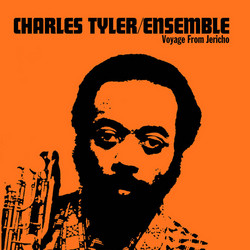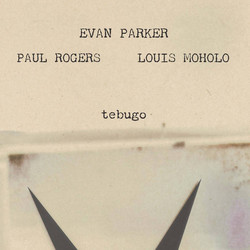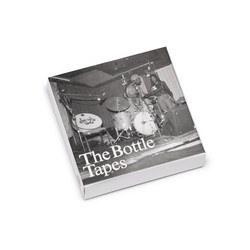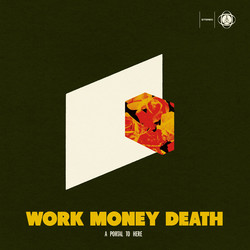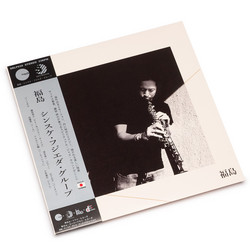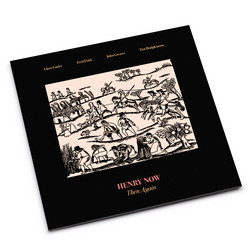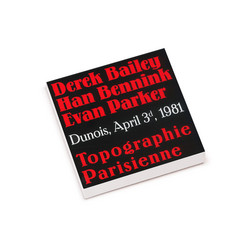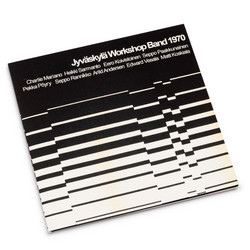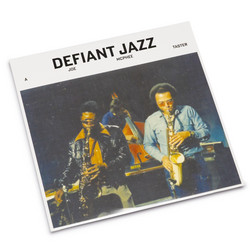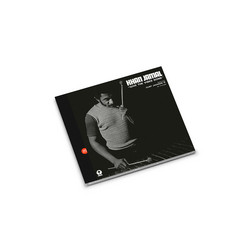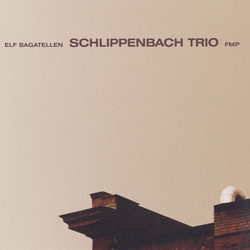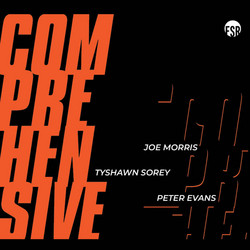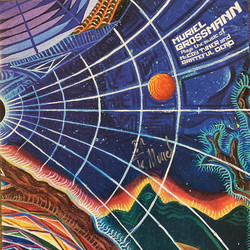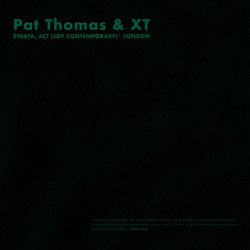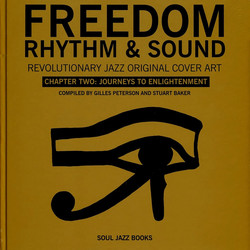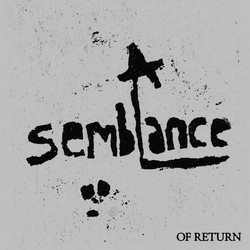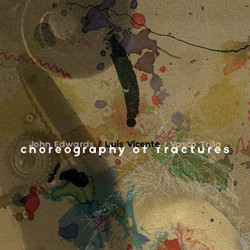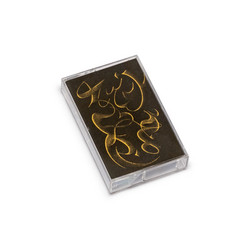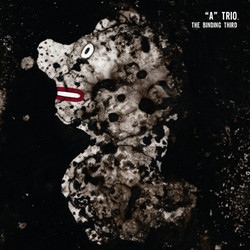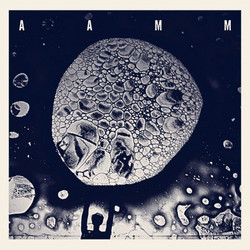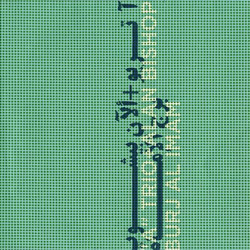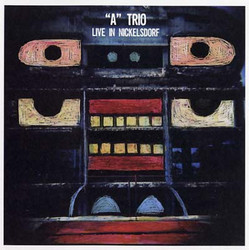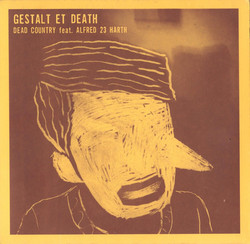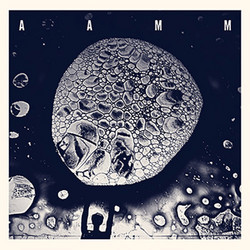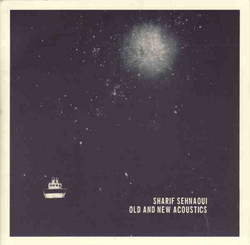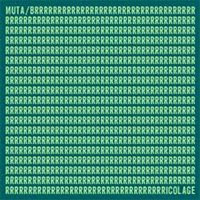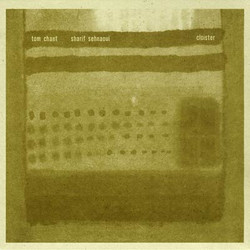Mazen Kerbaj, trumpet. Sharif Sehnaoui, acoustic guitar. Raed Yassin, double bass. All music improvised by Kerbaj, Sehnaoui, Yassin. Recorded, mixed and mastered by Fadi Tabbal at tunefork studio on the 29th and 30th of september 2010. Artwork & design by Mazen Kerbaj.
"f you look up moving companies in the Yellow pages, you’ll see a bunch of companies who put “A” in front of their name (as in A-Alert Moving), presumably in the hope that you’ll call the first listing you find in the book. I kind of doubt that the “A” Trio had this stratagem in mind when they picked their name, since there just aren’t that many improvising trios in their home town of Beirut, Lebanon. Perhaps they’re declaring that they’re the A list? I suppose they are, and not just by default.
Trumpeter Mazen Kerbaj, bassist Raed Yassin and guitarist Sharif Sehnaoui have developed a cohesive improvisational style founded upon a peculiar blend of isolation and connectedness. No one who comes from one of the centers of improvisational activity (Berlin, London, Amsterdam, Chicago, New York, Tokyo) is likely to give their record a name so defensive as Music to our Ears; they would have had the chance to play to audiences who long since got past the question of whether a guy generating digeridoo drones and metallic clatter with his partially disassembled trumpet and some tubes is playing music. The members of “A” Trio, on the other hand, are building their scene in a place with no history of avant-garde music.
But they’re hardly naïfs. All three musicians are quite aware of improvisational practice around the world, having performed extensively in the U.S. and the E.U.; both Yassin and Sehnaoui have spent years living in Europe. And since they have a little scene at home to fall back upon, each year since 2000 Sehnaoui and Kerbaj have held a festival named Iritijal that serves both to declare their continued existence and to bring fresh non-Lebanese players to Beirut.
But the rest of the year, they play with each other, which explains the coherence Music to our Ears displays even when it sounds like each man is elaborating on ideas independent of what the others are doing. Their common ground includes a tendency to deal more with texture than melody and rhythm, and each man can make his acoustic, unamplified instrument sound electronic. “Textural Swing,” the record’s first and longest track at 33.15, sounds like a series of field recordings. It starts out in the engine room, shifts to a swamp, takes in a windblown junkyard, and ends up on a conveyor belt rolling deep into a mine without ever losing the thread, let alone giving away the fact that it’s made by three guys playing trumpet, double bass and guitar. There’s nothing at all swinging about it, but they aren’t completely averse to sustained rhythm or identifiable forms. “The Shape Of Jazz That Came” opens with a vibrant cascade of struck strings (probably played like this) that come close to the jubilant pulse of Arnold Dreyblatt’s Orchestra Of Excited Strings, although it doesn’t stay there long. And Sehnaoui manages to work some bluesy string bending into “Tomorrow, I’ll Make Breakfast.” The music is generally quite busy, but it never feels like pointless chatter. Rather, it’s purposeful to the point of urgency." Dusted

